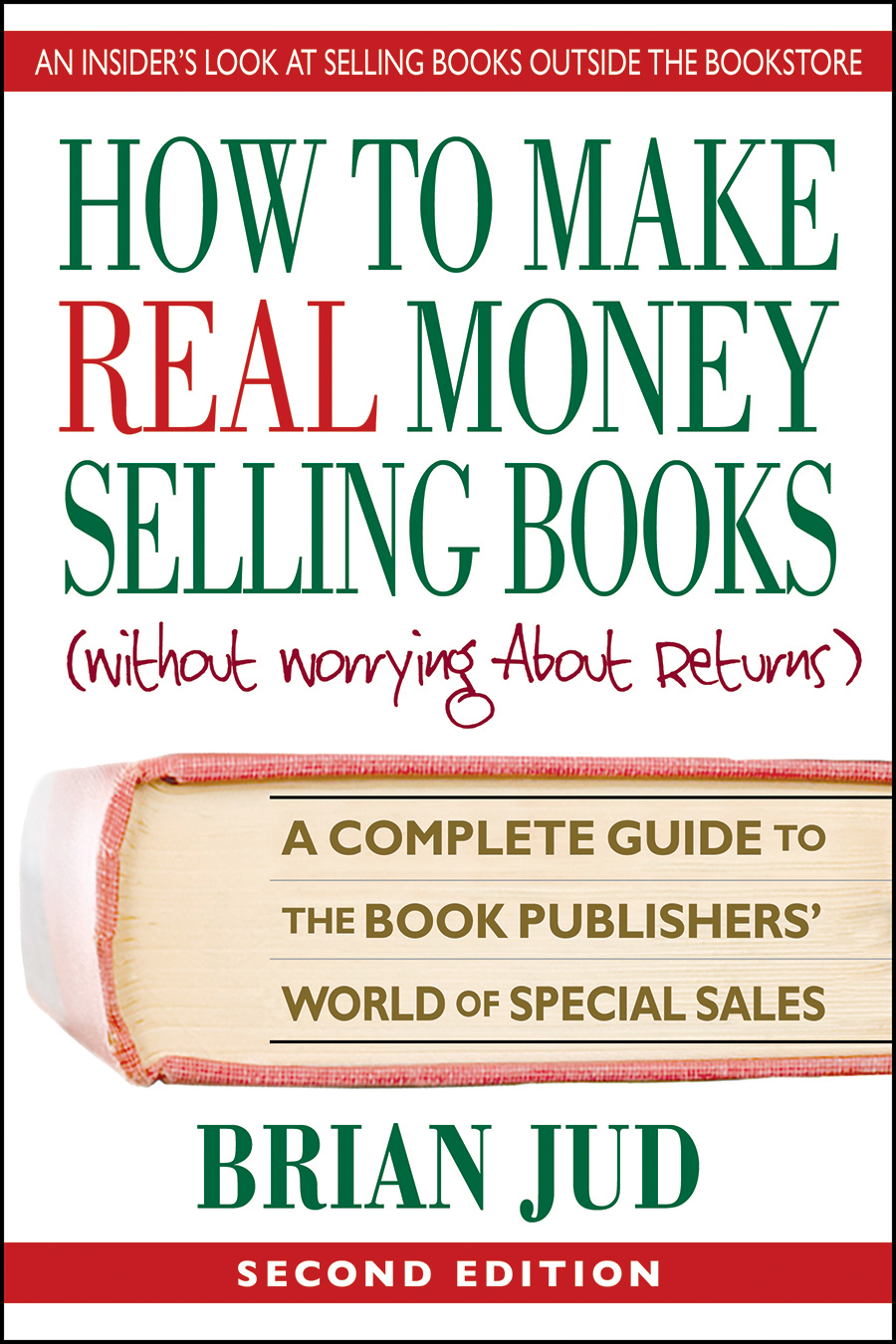|
New Rules for Planning Brian Jud Many independent publishers think of the word plan as a document beginning with your mission statement followed by an analysis of your business and a description of your markets, competition, strategies and tactics. However, if your goal in planning is to create a list of straightforward actions, then there is an easier way to accomplish your objective. Instead of creating a sequential plan as advocated in traditional marketing practice, simply create a set of rules under which you will operate. This approach does not consider the word plan as a noun -- a ponderous text usually valued in terms of its weight -- but as a verb, a process. The end result is a description of how to proceed under various conditions, a set of policies that establish the parameters within which you will operate your business. The process of planning is dynamic. It gives you the flexibility to recognize and act upon unforeseen opportunities as they arise. There are five categories in which your rules should be explicit, and examples of each are seen in the chart below.
1. Process rules are based on an understanding of your mission statement and render many decisions routine. They keep you sufficiently organized to recognize appropriate opportunities. For instance, if your mission were to educate children by publishing nonfiction picture books, then you would ignore submissions of fiction and adult nonfiction manuscripts. 2. Event rules define the conditions under which you should evaluate opportunities that are not explicitly included among your process rules. In this case, you might create a checklist against which such a title is evaluated. Does the proposed project fit with your existing mission statement? Will children learn while having fun? Will parents approve? Does the project maintain high quality standards? Does it stimulate creativity? Event rules should be applied flexibly. For example, a proposed manuscript could educate and entertain children without stimulating their creativity. If the benefit to your target market outweighs the desire for an exact fit with your rules, you could still consider implementing it. Or you might enhance the manuscript with an element of creativity. The value of this system is in using rules that not only serve as guidelines to keep your attention focused on important matters but also prevent unanticipated, significant opportunities from escaping. 3. Ranking rules help you prioritize resource allocation among competing opportunities. Your publishing schedule may be set for the upcoming year when a potentially profitable opportunity passes the scrutiny of your event checklist. Now the question is how do you allocate your production time and budget? Perhaps you could apportion your budget based on the titles’ potential for gross margin. Or, if your mission is to educate children regardless of profitability, you could rank your prospective projects based on their ability to help kids learn. Without some means for ranking them, you might allocate too much time or money to those with less economic or psychic return. 4. Timing rules help synchronize your prioritized projects with emerging opportunities. Here, you might rely on two timing rules. The first could be that your traffic manager must always know the status of a project in relation to its publication date. The second timing rule might be that all titles must be released within 12 months of the start date. These rules will help you shift your focus from perfecting a title to exploiting market opportunities. 5. Stopping rules tell you when to quit. Each title goes through a series of life-cycle stages from introduction to abandonment, and the time comes for most titles to be updated or taken out of print. Stopping rules define when this should occur. For instance, you could pull the plug on any title that does not reach minimum sales and profit goals within a specific period of time. Stop thinking of strategic marketing planning as a document. Instead, think of it as a process defining the parameters for the ways in which you do business. This interpretation will help you focus on the daily activities that fulfill your mission statement, and at the same time, be flexible enough to recognize potentially profitable, unanticipated opportunities as they present themselves.
|
Check out these testimonials...





